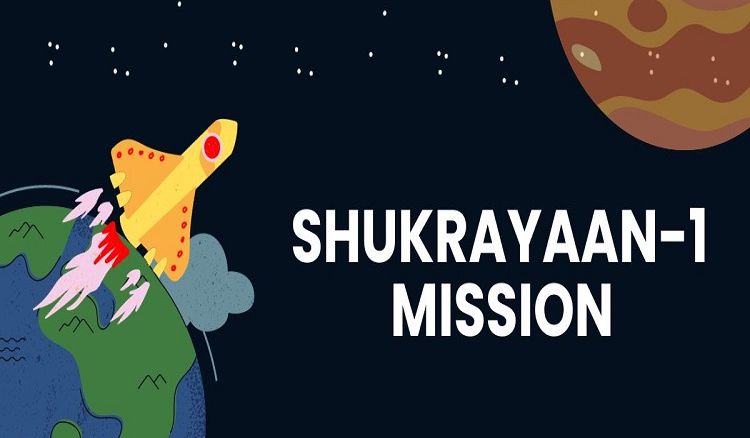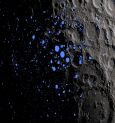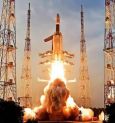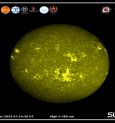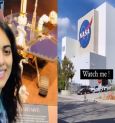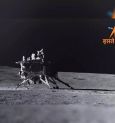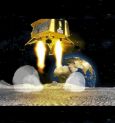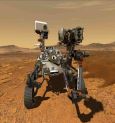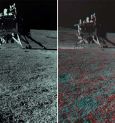In a historic achievement, India's ISRO successfully landed Chandrayaan-3 on the southern hemisphere of the moon on August 23. Following this triumph, ISRO doesn't rest, now setting its sights on another celestial body, Venus. The ambitious mission, aptly named 'Shukrayaan,' aims to explore the second planet from the sun.
While India's Mars Orbiter Mission ('Mangalyaan') continues its orbit around Mars, ISRO's focus expands to Venus, a planet that has captivated scientists worldwide. Notably, the French space agency CNES stands alongside ISRO in this groundbreaking mission.
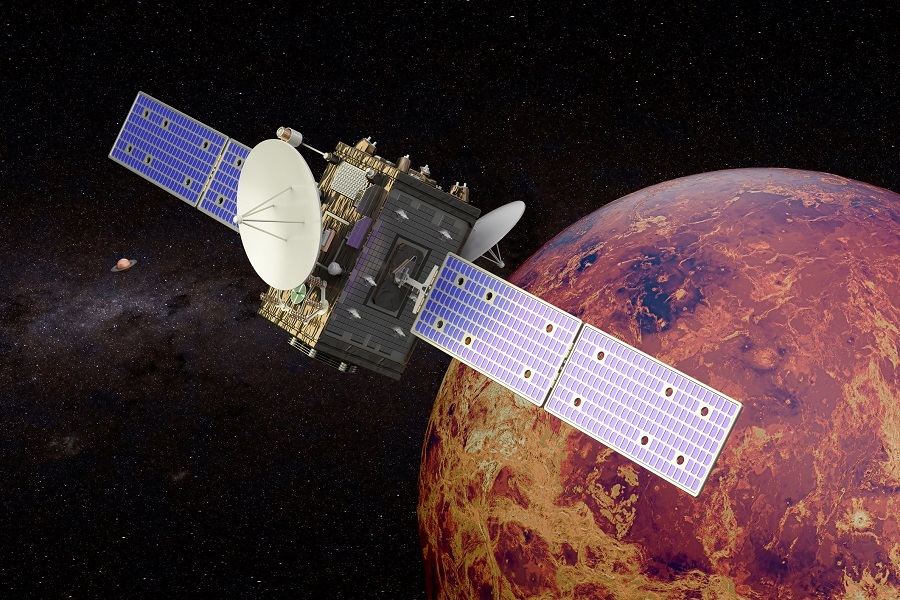
ISRO's curiosity extends beyond scientific exploration; the agency contemplates the possibility of Venus becoming Earth's twin in the future. Scientists are particularly intrigued by Venus's comparable size to Earth, with a diameter of approximately 7,521 miles compared to Earth's 7,926 miles.
Beyond the dimensions, Venus presents unique challenges. Its atmosphere is over 100 times denser than Earth's, with an abundance of acidic compounds. ISRO plans to employ the 'Pedar' device, specially crafted for Shukrayaan, to delve into Venus's atmosphere, collect data, examine the soil, and investigate the presence of water.
Can ISRO unravel the secrets hidden within Venus's atmospheric composition? The 'Pedar' device is designed to answer this question by analyzing the atmospheric density and gathering crucial information during its mission.
As ISRO embarks on this interplanetary journey, it raises the question: Could Venus evolve into a second Earth? Only time will reveal the mysteries that Shukrayaan is poised to unveil as it ventures into the depths of our neighboring planet and returns with valuable insights that could reshape our understanding of the cosmos.
 বাংলায় পড়ুন
বাংলায় পড়ুন


